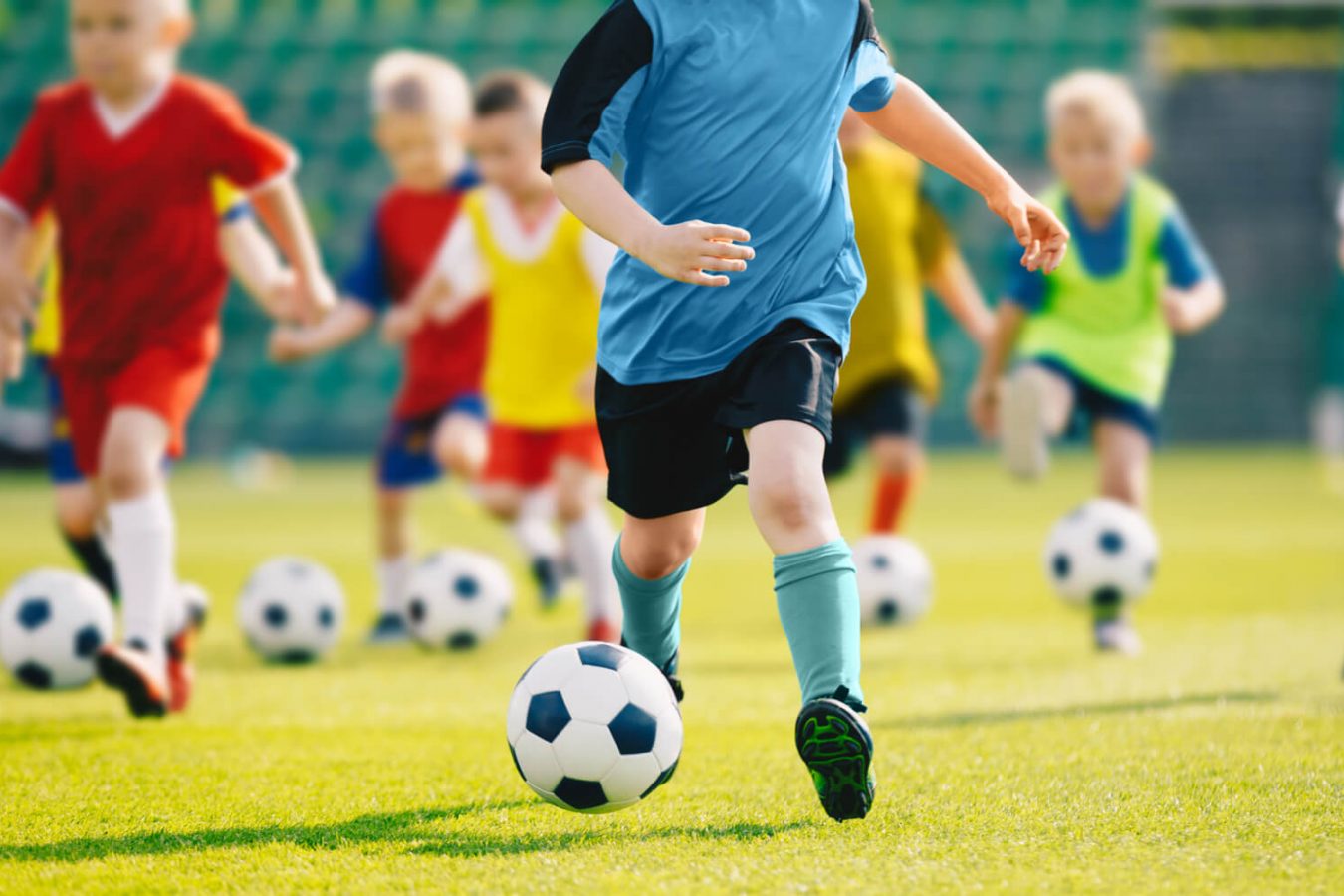
New research from Victoria University shows that not having fun is turning teenage girls away from taking part in sport.
It’s been the new enlightened approach of modern-day sport: have some fun and enjoy yourself, replacing the old school must-win mantra.
But as new research from Victoria University has found, a lack of fun in community sport is one of the key reasons driving women – and particularly teenage girls – away from community sport.
The findings are based on a study that tracked more than 5000 females taking part in community club gymnastics or soccer around Australia from 2019 into 2021. About half the survey respondents had stopped participating, the other half were still involved.
Of those who had left, almost two thirds reported that their main reason for stopping was because they were not having fun. This was particularly the case for teenagers.
The other major reasons for leaving included losing interest, having an unfriendly coach or official, injuries, or feeling too old.
Not about the pennants and medals
Professor Rochelle Eime, one of the researchers, said at a time when community sporting clubs were desperate to attract and keep members, the findings revealed many retention issues.
But, she said, they were easy to fix.
‘Clubs need to ensure what they offer aligns to the reasons girls and women get involved in the first place,’ she said. ‘Most members are there to enjoy themselves – not to win or get the top award.’
The findings were made in the study Factors relating to participation including retention and drop-out of women and girls in sport. The sports of gymnastics and soccer were chosen to capture participants in a traditionally female sport, and a traditionally male sport. However, Professor Eime said the findings could be applied to any sports.
For girls under 12 dropping out, the main factor was cost – a decision likely to be made by parents. For women over 18, it was the impact of COVID.
But for both groups, not having fun was also a major reason to leave the sport – similar to teenager group.
COVID’s devastating impact on community sport memberships provided real opportunities for a major overhaul of the ways clubs attracted and kept members, Professor Eime said.
‘Clubs can focus too much on pennants and medals, yet the research shows players mainly want to have fun, especially at the crucial adolescent stage when we lose so many young women and girls.’
How community sport can retain members
There is also the question of the volunteers at clubs. The types of volunteers who tended to get involved in community sport can create club cultures that value winning and competition above everything else, said Professor Eime.
‘Volunteer groups are often dominated by people who are either very good at the sport, or have children who are,’ she said. ‘They want their child to be the next player for the Matildas and forget about others.’
There is also the traditional way clubs are organised. Professor Eime said the strict, timetabled way community sport is presented hasn’t changed in generations. This contrasted to the less organised alternatives girls and women can choose for fun and fitness.
Professor Eime said that for example, females who join a pilates class or take dance lessons have more flexibility about when and how often they participate, and a wider choice in skill levels.
According to the research, community clubs could retain members by:
- developing strategies and programs that focus on fun and enjoyment in the sport
- ensure training and competitions allow all players to improve their skills, not just elite members
- assist with costs by repurposing equipment or uniforms, or offering discounts to volunteers.
Like this post? Please share using the buttons on this page.
Stay up to date with our newsletter here

